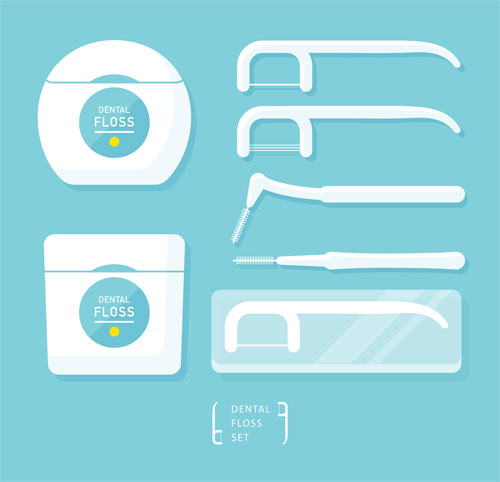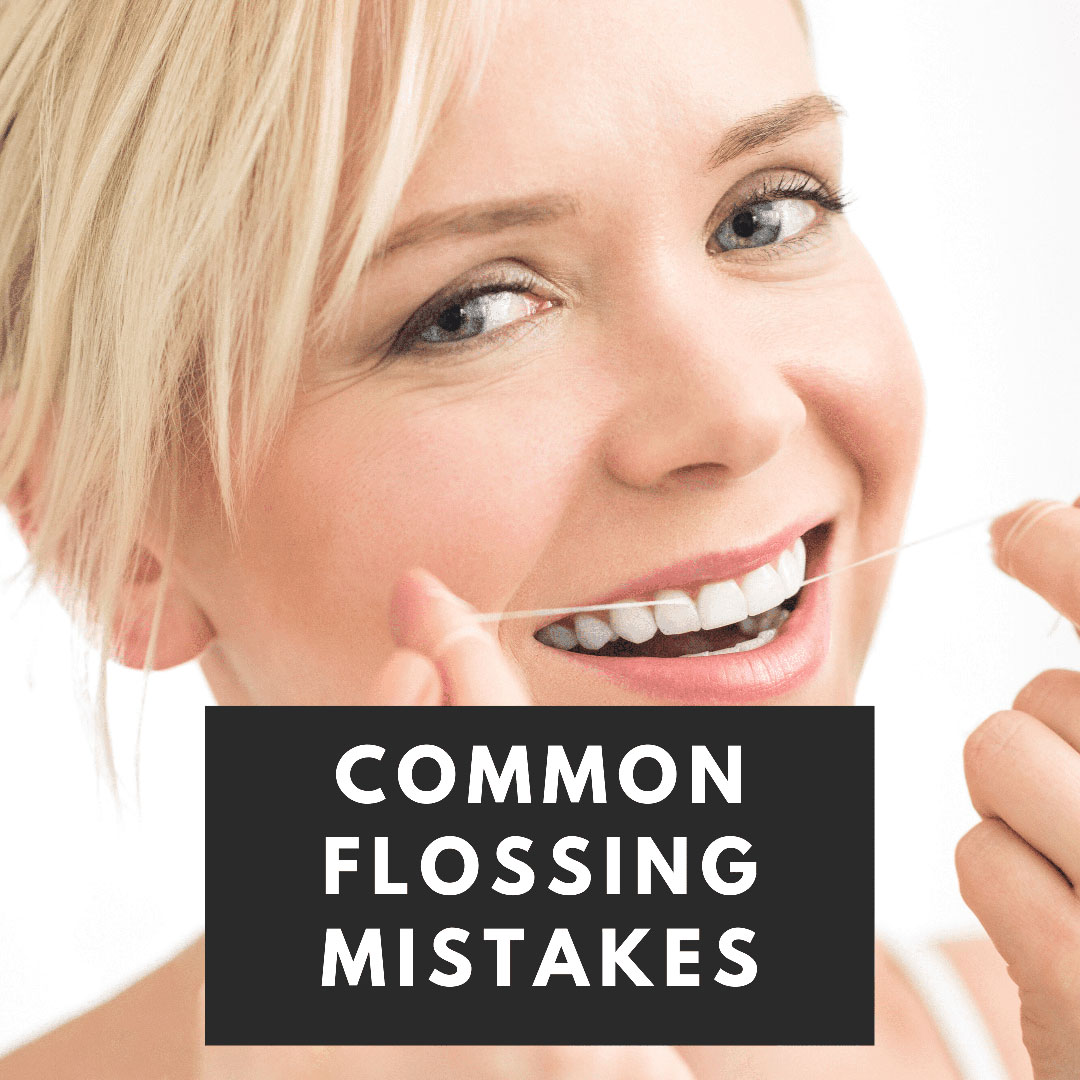A large part of having a beautiful smile is maintaining your oral health in order to prevent dental problems like tooth decay and gum disease, which can negatively affect the look of your smile. In order to prevent these problems, the American Dental Association recommends brushing your teeth twice a day and flossing at least once a day. However, not only is it important to complete this routine, but it is also important to do it correctly. Unfortunately, many people struggle with flossing and often make a few key mistakes that make their technique not as effective. Here are some of the most common flossing mistakes:
Not Flossing
Choosing not to floss or forgetting to floss is one of the most common mistakes people make in regards to flossing. Flossing allows you to remove plaque from between your teeth and along the gum line in places that your toothbrush misses. When you don’t floss, the plaque will continue to accumulate in these areas and can lead to tooth decay and gum disease. Flossing inconsistently is better than not flossing at all, however flossing daily is the best way to decrease your risk of tooth decay and gum disease.
Flossing Too Much
While flossing too much is not a problem for most people, it can still be a problem for some. Just as not flossing can be damaging, flossing too much can also be damaging. In fact, flossing too much or flossing too rough can cause excess gum irritation that can eventually lead to gum disease. Simply flossing once a day is perfect.

Using the Wrong Type of Floss
The type of dental floss you use can help to improve the effectiveness of your routine and can even make things easier on you. There are different types of dental floss that are available to floss all kinds of different types of teeth. Doing some research to help find the right type of floss is more than worth it and can make all the difference in your flossing routine.
Putting Pressure on the Gums
When flossing, the strand of floss should move in between your teeth without touching the gums. In fact, you should never apply pressure to your gums with dental floss because this will cause them to become irritated. Over time, this can also cause gum recession. One easy way to decrease the risk of floss hitting the gums is to modify your technique so that you move the floss away from the gums. This means that when you floss your upper teeth, you will move in a downwards direction and when you floss your upper teeth you will move in an upwards direction.
Flossing at the Wrong Time
Many people don’t know that there is actually an ideal time of day for flossing. This time is not exact, as long as you floss your teeth before going to bed. Flossing before bed is recommended because it removes any remaining plaque that has accumulated throughout the day. As you sleep, saliva production decreases and your teeth are at their most vulnerable. Going to bed with clean teeth minimizes any damage done by excess plaque and bacteria. Additionally, you should also floss your teeth before you brush them so that the fluoride from your toothpaste can coat the spaces in between your teeth.

Forgetting Places
The final mistake people make while flossing is that they tend to forget certain places. Don’t forget to floss the sides of your teeth, as well as behind your last molars. Additionally, any fixed dental appliances or dental restorations need to be flossed around as well. In some cases, you may need to obtain a special type of floss to reach around appliances and/or restorations.




